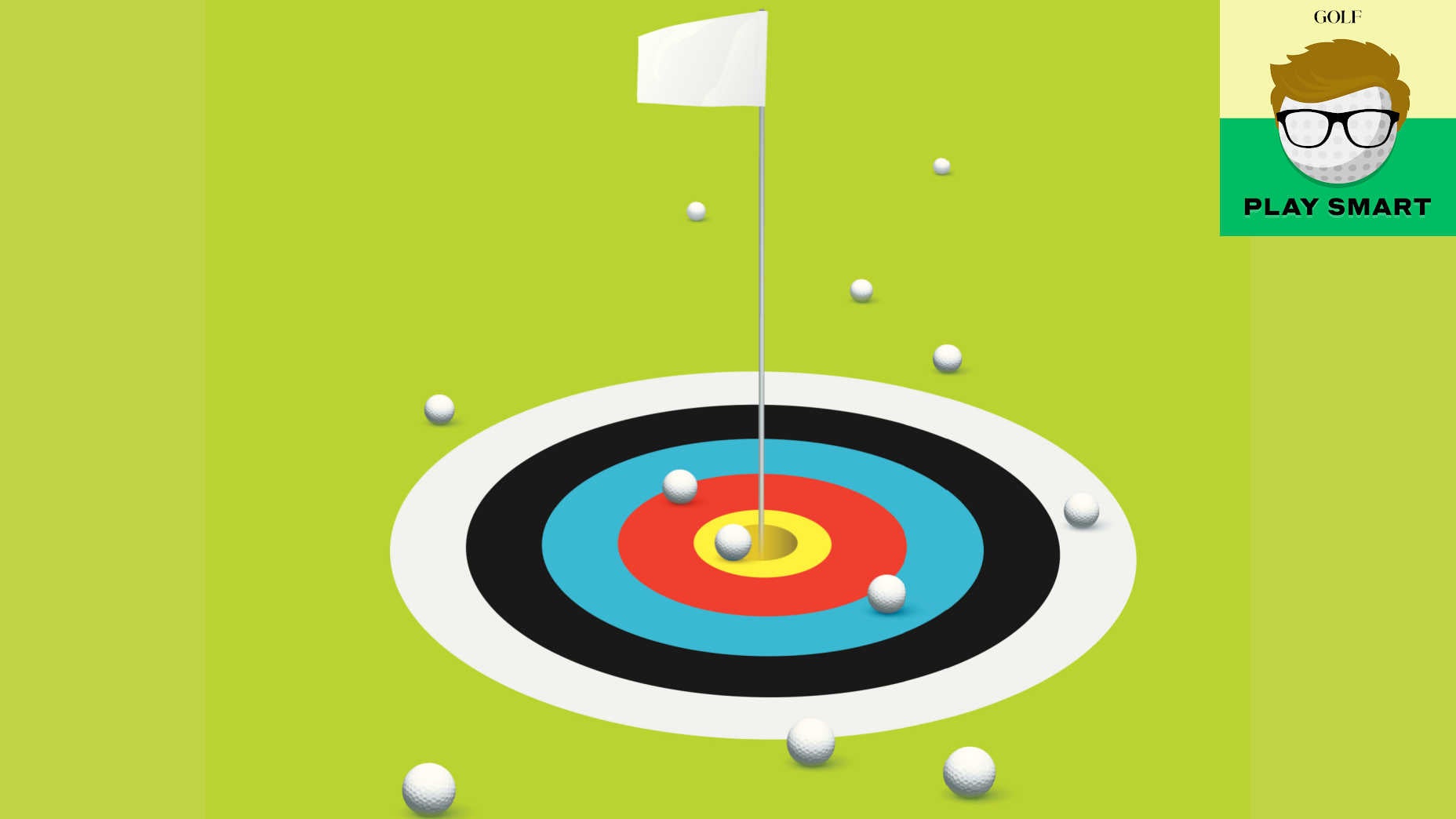Welcome to Play Smart, a game-improvement column that drops every Monday, Wednesday and Friday from Game Improvement Editor Luke Kerr-Dineen to help raise your golf IQ and play smarter, better golf.
If you’re a game improvement junkie, constantly reading and learning about all the various ways you can get a little better, first off, I applaud you. This game is hard, and what are you doing if you’re not at least trying to get a little better at it each day?
But as one of those junkies myself, I know it can often lead you down a path that ends deep in the weeds. That’s why it’s important to do some periodic resets. Remind yourself what the really important stuff is. The things you should focus on the most, and remind yourself of the underlying goal: Getting the ball into the hole, as quickly and easily as possible.
In that vein, let’s take a look at Greens in Regulation, and how many you should be aiming to hit each round.
The data comes comes via Lou Stagner, Arccos Data Insights Lead and Golf Twitter’s resident statistician (in the rare event you don’t follow him already, you can do so right here).
Gleaning the information using Arccos data, Stagner looks at four different handicaps ranges, and calculates how many greens they hit based on the score they shoot. For example: How many greens does a 12 handicap hit when they shoot 86? Or a scratch when they shoot 73?
You can dive into the full nerdy glory of Lou’s tweet here, but here’s a simplified look at the numbers:
GIRs during good (and bad) rounds, by handicap
| Handicap | GIR (High) | GIR (Low) | GIR (Average) |
| ~0 | 12.8 | 6.4 | 10.1 |
| 5 to 7 | 11.7 | 4.1 | 7.6 |
| 11 to 13 | 9.4 | 3 | 5.3 |
| 17 to 19 | 7 | 2.5 | 4.1 |
A few things stand out to me:
- The numbers are lower than you might expect! At least that’s why I thought when I first saw them. When a scratch golfer shoots under par, they’re still missing about six greens per round, and they’re missing about nine on average.
- To put that in context, it means that, on average, scratch golfers hit about the same number of greens as the lowest-ranked Greens in Regulation player on Tour last season: Martin Trainer.
- On the flip side, it’s interesting that the drop-off in the number of greens hit during the bad rounds is slightly bigger among lower handicaps (about 3.5 fewer greens hit on the bad days) than higher handicaps (about 2 fewer greens hit). Speculating here, but I suspect it’s because higher handicaps are slightly more prone to one big meltdown hole that wrecks their scorecard, rather than across-the-board poor performance.
As for what you should do with this information?
1. Avoid disaster off the tee
Lou’s information underlines the importance of giving yourself a chance to hit the green in regulation on every single hole. Slamming the odd monster drive down the middle is nice — but it’s not worth swinging for the fences on every drive if it puts you in the trees the rest of the time. Your goal off the tee is to simply give yourself a look at the green on your next shot by staying away from the worst trouble. Don’t be a hero.
2. Forget the pin
And as for that second shot, you should probably forget about aiming at pins, and start chasing the fattest part of the green instead. Hitting lots of greens isn’t just really important, as you can see, but really difficult. It’s easy to get suckered into a pin-seeking contest — especially after a good drive — but remember that it’s not a pin-seeking contest (even on Tour!). It’s closer to a green-hitting contest than anything else.
However unglamorous it may seem, the more greens you find a way to sneak onto, the less likely you are to have a bad round. And, in this game of misses, that’s really what we’re looking for.
Want to overhaul your bag for 2022? Find a fitting location near you at GOLF’s affiliate company True Spec Golf.
